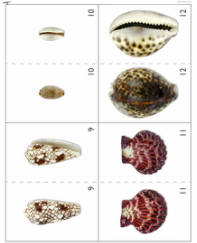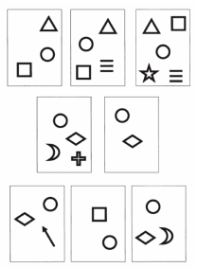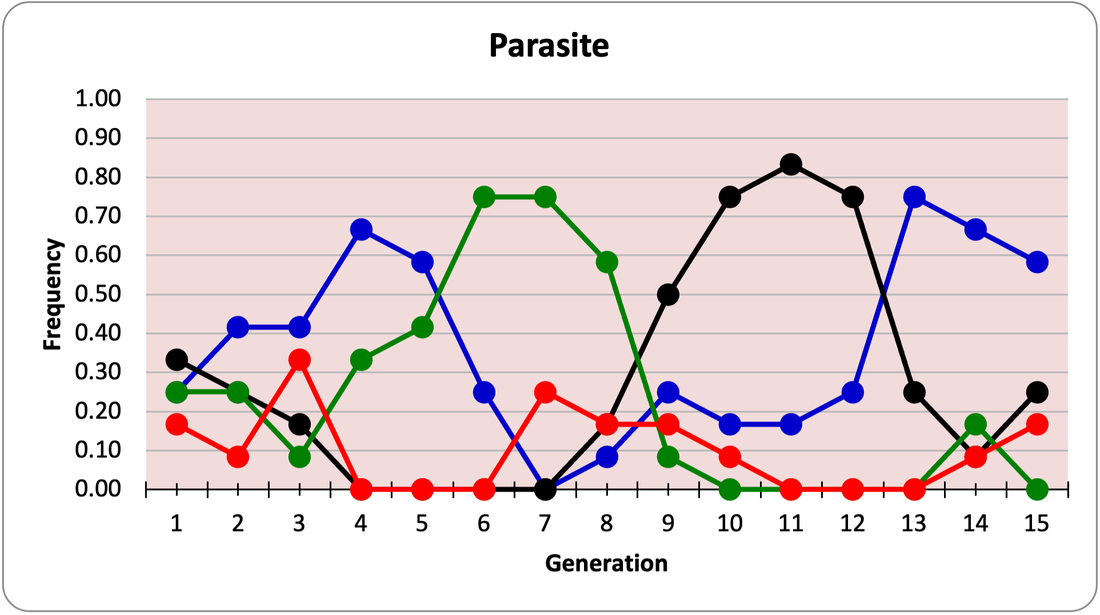Teaching resources and lesson plans for evolutionary biology
Teachers - do you have a new idea or a favorite teaching resource you'd like to see here? Drop us a line!
|
Data Nuggets: Bringing Real Data into the Classroom
Elizabeth Schultheis and colleagues at Michigan State University have set up a great resource highlighting exciting biology from around the world in "Data Nugget" format. Each nugget is a classroom activity co-designed by scientists and teachers to challenge students to interpret graphs and data from real studies and make evidence-based conclusions about interesting biological questions. Plus, they're geared to NGSS and ACT standards.
|
|
DataClassroom: DO science. Teach data skills
DataClassroom is on a mission to teach data skills and hypothesis testing in the K-12 classroom. Students can upload a dataset from an in class experiment, visualize the data, and conduct a chi-square test or a t-test. All the math is shown with animation and the free version of this web-based app comes preloaded with biological datasets. DataClassroom is run by Evolution Education cofounder Aaron Reedy.
|
|
HHMI Lizard Evolution Virtual Lab
We demo this resource in our Teacher Workshop. Students can complete 4 interrelated modules that blend videos with hands-on analysis of data from real studies of Anolis lizards to learn about:
|
In addition to learning about evolutionary biology and natural history, students also get hands-on experience collecting data (from X-ray images and photographs), analyzing data (calculating means and standard deviations), and creating and interpreting graphs (scatter plots, histograms) while completing the modules.
|
Lizard Island - Mystery Science exercise for K-5 students
This exercise uses a recent study of anole lizards as the basis for a hands-on Mystery Science module that introduces younger students to basic concepts in evolution and genetics. Mystery Science has a variety of "open and go" lessons that inspire younger students to love science, with topics ranging from biology and environmental science to chemistry, geology, and physics. |
|
HHMI expansion module on Lizard Phylogeny
We also demo an expanded version of an exercise using DNA to build an evolutionary tree. Students visually organize 16 cards into hypothesized groups of related Anolis species, then download real genetic data and import it into a user-friendly program to generate an actual phylogeny. This activity shows how outward appearances can be misleading when convergent evolution leads to similar "ecomorphs". It pairs well as a contrast to the Shell Card activity below, in which students will tend to recover similar relationships based on both morphology and DNA. It also works well as a gateway into more exploratory activities generating a phylogeny from GenBank sequences. |
|
HHMI Shell Card activity on Biodiversity and Evolutionary Trees
We also demo this activity and find it works well as a prelude to the lizard phylogeny activity. Students organize 20 shell cards into hypothesized groups of related species, then can download real genetic data to generate an actual phylogeny. Students tend to arrive at broadly similar groupings to one another, but with interesting differences that facilitate discussion, particularly when compared to the DNA-based shell phylogeny. This supplemental interactive lesson explaining how genetic data are used to make a phylogeny and discussing how to interpret a phylogeny works well as background. There is also an interactive online version of this lesson called Sorting Seashells. |
Other HHMI BioInteractive resources for teaching evolution
If you like the above activities, check out the entire HHMI BioInteractive library of videos, lectures, and classroom exercises for teaching evolution and many other facets of biology.
If you like the above activities, check out the entire HHMI BioInteractive library of videos, lectures, and classroom exercises for teaching evolution and many other facets of biology.
|
The Great Clade Race
This is another card-based activity that we demo in our Teacher Workshop. It uses the metaphor of a race with checkpoints to teach students how to build evolutionary trees by recreating the branching process of speciation (the race) and tracking changes along the branches (checkpoints) that give rise to shared, derived characters.
|
|
Great Clade Race expansion module on Vertebrate Evolution
Students can replace the abstract runners and checkpoint symbols in the original Great Clade Race with cards illustrating major vertebrate lineages and some of the actual shared, derived characters that will allow students to reconstruct the evolutionary relationships among extant vertebrates.
|
|
The Toilet Paper Timeline of Evolution
One of the biggest obstacles to understanding evolution is conceptualizing a geologic scale of time that is vastly different than the time scale of students' daily lives. This activity uses a roll of toilet paper as a "timeline" upon which students place important events such as the evolution of multicellular life, the Cambrian explosion, and the split of humans from ape ancestors. It works great when students first research the dates of various major events in the history of life, then create the physical timeline.
|
|
Live Science: Bringing Live Organisms into the Classroom
Nothing inspires a young biologist quite like learning by working with live plants and animals. Participants at our Teacher Workshops share some of their favorite labs and lessons. Here are some popular examples:
|
|
Skype a Scientist
Skype a Scientist makes it super easy to set up a conversation between your K-12 classroom and scientists around the world. Teachers can indicate their preference for the scientist's area of research (e.g., Evolutionary Biologist, Ecologist, Climate Scientist), race (e.g., African American scientist, Native American scientist), gender (e.g., female scientist, LGBT scientist), and background (e.g., low-income scientist, first-generation college scientist). Just fill out the request form and let Skype a Scientist match your classroom with an expert for a Skype conversation about science! |
|
Red Queen coevolutionary card game
Developed by Drs. Amanda Gibson, Devin Drown, and Curt Lively, this game uses ordinary playing cards to teach principles of host-parasite coevolution. Students collect data and interpret results in real time as they play. An instructional video, introductory slides, automated data sheets, and the original paper in Evolution: Education and Outreach are available here. |














